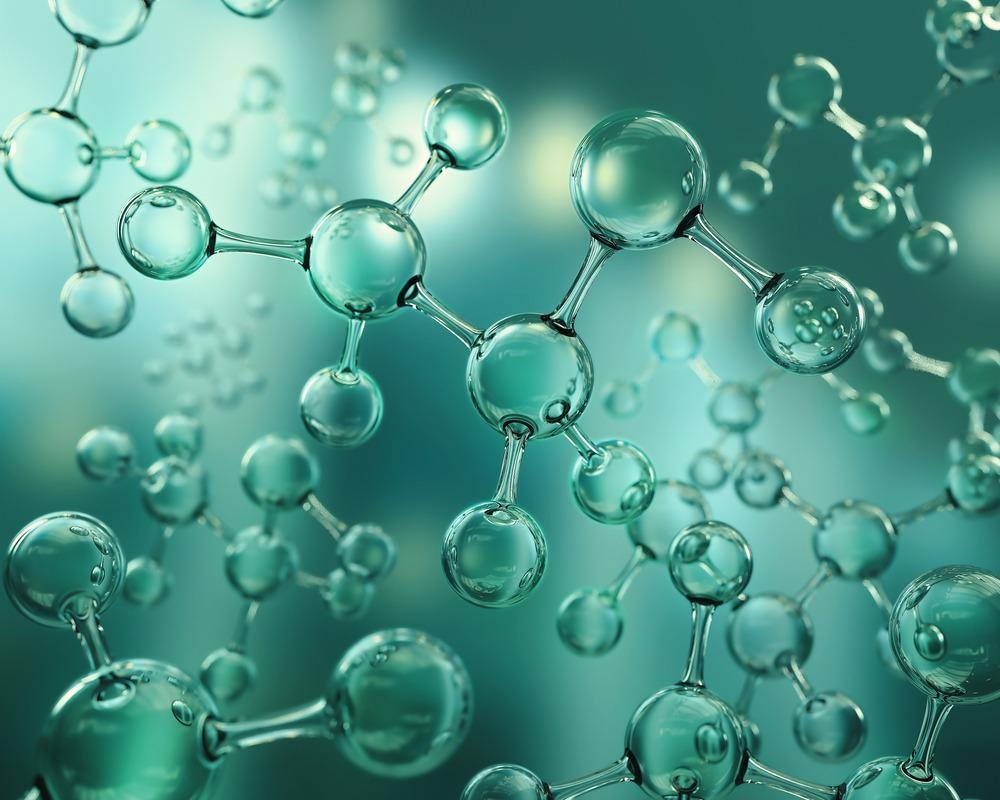.jpg) By Susha Cheriyedath, M.Sc.Reviewed by Skyla BailyJan 27 2022
By Susha Cheriyedath, M.Sc.Reviewed by Skyla BailyJan 27 2022In a recent paper published in the journal Carbon, researchers demonstrated the oxidation of a Fe catalyst at different supply rates of ethanol and analyzed how the hydroxyl OH radical reaction pathways control the composition of the catalyst.

Study: Mechanism of alcohol chemical vapor deposition growth of carbon nanotubes: Catalyst oxidation. Image Credit: Anusorn Nakdee/Shutterstock.com
Background
Catalytic chemical vapor deposition (CVD) is an efficient method for the synthesis of single-walled carbon nanotubes (SWCNTs). The carbon (C) precursor and the catalyst are two key parameters that control SWCNT growth. A wide range of catalysts including iron (Fe) has been found to be useful for SWCNT growth in in situ experiments.
The carbon precursor provides the carbon needed for the SWCNT and often contains elements such as hydrogen and oxygen, for example, alcohol CVD (ACVD) which has been one of the best methods for the SWCNT synthesis for nearly two decades. However, the mechanisms behind reactions involved in the SWCNT growth during ACVD are still not clear.
The Study
To understand the mechanism of SWCNT growth through ACVD, researchers in the present study used density functional tight binding molecular dynamics simulations by adding various concentrations of ethanol to a Fe nanoparticle.
The ethanol dissociation on the Fe38 catalyst was modeled in a cubic simulation box of side length 40 Å. Ethanol molecules were “shot” towards the Fe38 catalyst at the rate of one ethanol every 3 ps, 5 ps, or 10 ps, at the same kinetic energy of 1273 K. Ten independent trajectories were seen for each ethanol supply rate and the data was presented as an average across those 10 trajectories. A total of 30 ethanol molecules were supplied to the Fe38 nanoparticle for each supply rate, and then the system was annealed at 1273 K for a 400 ps of simulation.
Using density functional tight binding (DFTB) molecular dynamics (MD) simulations, the study reveals the Fe oxidation mechanism and the roles of oxygen (O) and hydrogen (H) in Fe surface reactions that control the composition of the catalyst, which directly affects the catalytic efficiency of Fe as well as C availability for SWCNT production.
The researchers performed self-consistent-charge (SCC)-DFTB MD simulations with the trans3d-0-1 and mio-1-1 parameter sets that have been successful in simulating oxygen-containing SWCNT precursor systems on Fe. They used the Velocity-Verlet algorithm to integrate Newton’s equations of motion with a 1.0 fs time step. A 104 K electronic temperature was used to ensure electronic convergence in systems with Fe.
Results
The study results offered new insights into ethanol dissociation on Fe and also a detailed understanding of the mechanisms behind the chemical processes that influence the catalyst’s nature and the C availability for SWCNT synthesis from ethanol.
C-O cleavage was the most common bond cleavage detected at the surface of the Fe catalyst and this is in line with prior ab initio and DFTB observations. The C-O cleavage at the Fe surface and the OH adsorption is the primary ethanol dissociation mechanism leading to Fe catalyst oxidation.
Following dissociation of ethanol on Fe and subsequent O dissolution, the Fe catalyst is oxidized and its mobility and availability to bond with C were reduced. However, SWCNT growth is promoted through the hydroxyl H reaction pathways that control catalyst composition via the formation and release of H2 and H2O.
Apart from the ethyl radical recombination to form ethane, the hydroxyl H can either stay within the OH group on the surface of Fe or adsorb to the Fe nanoparticle following O-H cleavage. These reaction pathways also show the preferential formation of active growth species such as ethylene to ethane during ethanol dissociation.
Conclusions
This study employed DFTB MD simulations to explore the mechanisms behind reactions leading to SWCNT synthesis during ACVD and focused on the factors controlling the catalyst composition. The results demonstrate that the hydroxyl H is the primary determinant of the reaction pathways.
The H2O formation is the only observed mechanism that can control the O concentration in the Fe catalyst during the synthesis of SWCNT. H2O formation can be promoted by a slow ethanol supply to the catalyst surface. These findings highlight the importance of the roles of H and O in catalyst oxidation and H2O and H2 formation, which enhances the Fe site availability for C nucleation.
Taken together, the results of the study offer valuable insights into the mechanisms of changes in catalyst composition during ACVD and can be extrapolated to achieve an understanding of the nature of the catalyst in other O-assisted SWCNT growth processes, including CO/CO promoted growth and H2O-assisted supergrowth.
Disclaimer: The views expressed here are those of the author expressed in their private capacity and do not necessarily represent the views of AZoM.com Limited T/A AZoNetwork the owner and operator of this website. This disclaimer forms part of the Terms and conditions of use of this website.
Source:
Ben McLean, Izaac Mitchell, Feng Ding.Mechanism of alcohol chemical vapor deposition growth of carbon nanotubes: Catalyst oxidation. Carbon, 2022. ISSN 0008-6223, doi: https://www.sciencedirect.com/science/article/pii/S0008622322000550?via%3Dihub